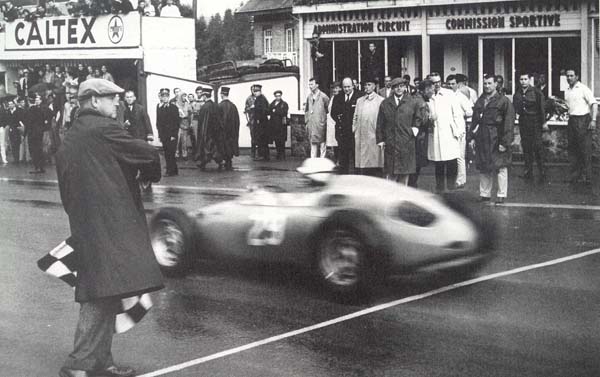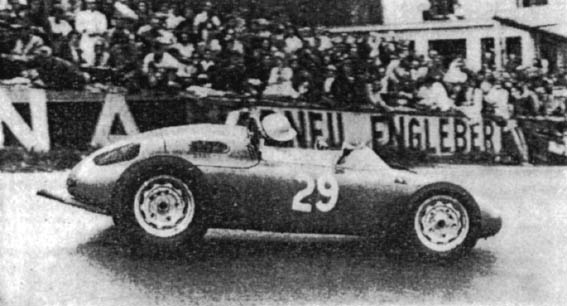Spa-Francorchamps
Having survived the chop that the Nürburgring’s unsafe Nordschleife suffered in the seventies, the circuit of Spa-Francorchamps was reborn in the early eighties. Somehow, however, even after having cut of its dauntingly fast back stretches, its re-designers managed to recapture the spirit of the track that had suffered the same fate as the ‘Ring some years before – it had simply become too dangerous for modern Grand Prix racing. Or let’s rephrase that – Grand Prix racing wanted to be safer than Spa would allow it to.
Thanks to the mythical uphill sweep called Raidillon – today mostly and mistakenly known as Eau Rouge – the track remains one of the few truly challenging circuits that have remained from the old days. The former 9-mile track’s glory owed more to other corners, however, and was really, really fast as well. This is the track that Carel and his opponents still lived to race, in its final full decade of use, having been in use since 1924.

Despite being such a small country, Belgium has been on motor racing’s centre stage since the dawn of circuit racing. In fact, the world’s first closed-circuit race was held in the Ardennes. This followed by the creation of the Francorchamps circuit, back then a triangular shape consisting of the main roads connecting the historical towns of Spa, Malmédy and Stavelot. The circuit quickly gained fame because of its speed and was included in the European Championship of the thirties, that quickly became a battle between the German giants of Auto Union and Mercedes-Benz. The rain-swept race of 1939 was both classic and tragic, with Dick Seaman being killed while in the lead, having crashed his Mercedes into the trees, and with Hermann Lang taking a momentous victory.
It was also the first year that the Ancienne Douane hairpin was cut off at Eau Rouge, in favour of the balls-to-the-wall climb up to Raidillon. From there, the track would consist of long straights and stretched corners that were both fast and deceptive, such as Burnenville, which seemed to never end. At the back, the Masta kink always proved a challenge, as did charging past the houses of Masta village, situated right at the tarmac. Another sweeping right-hand turn at Stavelot brought the speed-drunk racers up to the run past La Carrière and down to Blanchimont, which is now a full-throttle lefthander for modern Grand Prix cars.
The fifties and sixties saw Spa wreak havoc among the most talented drivers. In 1959, Archie Scott-Brown died at Spa. Chris Bristow and Alan Stacey were killed on the same fateful day in 1960. Others, such as Jackie Stewart, were lucky to live through their ordeals. It caused Jim Clark to absolutely detest Spa. Still he scored his debut GP victory at the very place, showing that it was a circuit that sorted the men from the boys. Sadly, some of the men got sorted more cruelly than others.
From Carel’s point-of-view the Spa circuit meant a lot because he took one of his World Championship points there, and surprised the organizers by test-driving his F2 Cooper during Grand Prix practice…


Two shots of Carel in the point-scoring 1963 Belgian GP.
